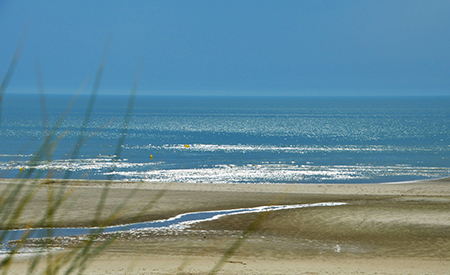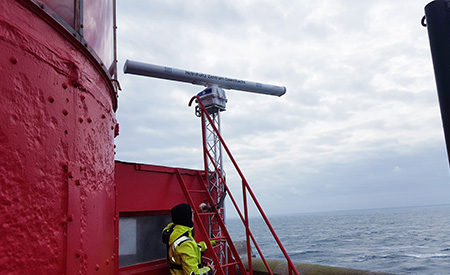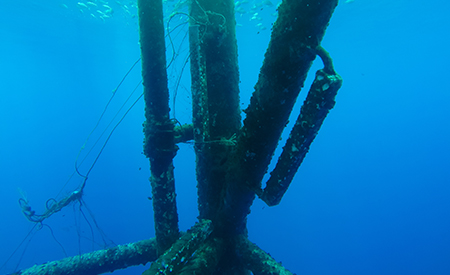Biofouling
Type of resources
Available actions
Topics
Keywords
Contact for the resource
Provided by
Formats
status
-
The objective of the APPEAL project was to develop an integrated approach to measure the effects of floating offshore wind farms on the functioning of coastal ecosystems.
-

This report presents the statistical study of the effects of the implementation of the Courseulles sur mer wind farm on the emergent properties of the ecosystem
-

This report presents the project repository for DTOcean is hosted by Joint Research Centre within the SETIS website to ensure long-term exploitation of the tools developed during the project and related documents
-

This deliverable presents the results from the assessment of existing array level operation, maintenance and control methods and tools. Potential sources of knowledge for this are the onshore and offshore wind industry and the offshore oil and gas industry. Offshore wind farms face very similar challenges with respect to foundations, submersed electrical systems, personnel and vessel access to array devices, transport of materials, etc. The offshore oil and gas industry has worked with floating or bottom fixed concrete and steel structures for several decades. Main experiences analysed here are related to corrosion problems and long-term stability of mooring systems. Control and operational strategy aspects were also assessed
-

This deliverable is the second report on dissemination and communication activities, i.e. the end of the project review. It presents all of the activities which have taken place within DTOcean project
-

In this paper, the applicability of offshore mooring/foundation technologies for marine renewable energy device arrays are assessed
-

The objective of the ARCWIND project was to assess the feasibility of floating wind farms in deep waters in the Eastern Atlantic.
-

This report is a comprehensive description of the environmental impacts related to operations and maintenance. All marine operations related to inspection, maintenance and repair lead to environmental impacts due to vessel traffic, noise emissions, handling of mooring lines, anchors and cables, etc.
-

The objective of the DiMe project was to improve the characterisation of extreme sea states with breaking waves by combining observations and modelling.
-

Conclusion and recommendation report resulting from the results of the ANODE project and published by FEM editions
 Catalogue PIGMA
Catalogue PIGMA